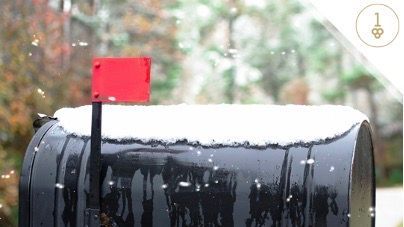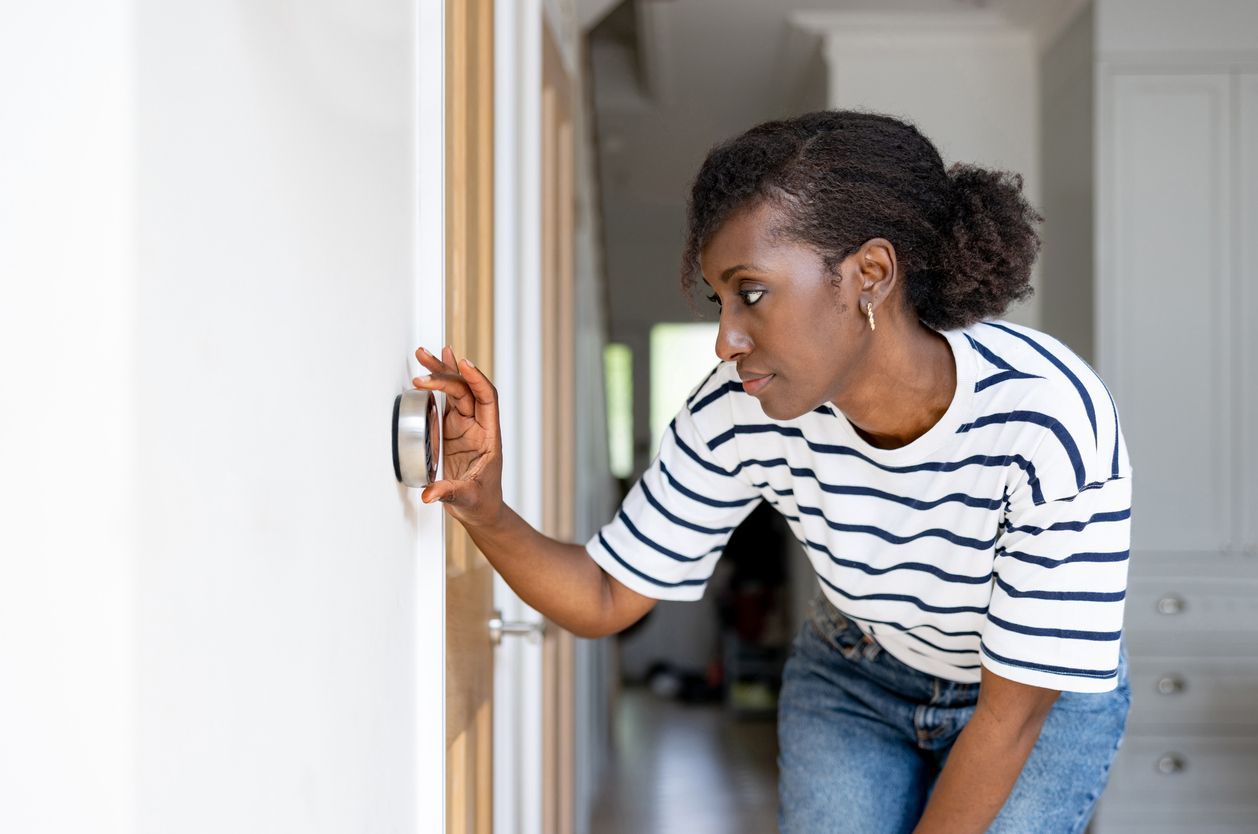All About Mailboxes

It’s hard to imagine a house without a mailbox this day and age. Whether they’re affixed to the front of the house or standing independently by the property line, mailboxes are an exterior home staple. But they weren’t always.
Where Mailboxes Began
The first mailbox was created in the United Kingdom and was called a letterbox. The Royal Mail (the UK’s version of the United States Postal Service) asked the public to install mailboxes on their property to make mail more easy to deliver for couriers. Before letterboxes, the Royal Mail existed, but it was up to people to drop in and drop off mail.
Mailboxes Come to U.S. Cities
In the 1850s in the United States, small letterboxes appeared on lampposts or attached to buildings in larger cities, where the public could drop letters to be collected, rather than bringing them directly to the post office. Before this, you’d have to bring your letters to a local tavern to be picked up by the mail service and risk having those letters opened by prying, snooping eyes.
In 1863, the United States Post Office adopted the use of the first mailboxes, launching the Free City Delivery MailService, which allowed residents to receive mail at their home address. This was popular in the cities and mail carriers began walking door-to-door on foot.
Rural America
The Rural Free Delivery (RFD) was a United States Postal Service (then known as the United States Postal Department) program that was designed specifically to deliver mail to rural destinations. Previously, those who lived remote could opt to pick up the mail themselves at a distant post office – sometimes more than a day’s ride away. Wealthier people could also pay private carriers to act as middle men and pick up their mail at a post office and deliver it to their home. This was obviously an inconvenience and led to mail not being received. In 1893, RFD was officially mandated by the United States House of Representatives, and by 1902 had been adopted across the U.S.
Many Changes to Mailbox Shape and Size
There’s a reason that we have a standard idea of what a “mailbox” looks like. The United States Postal Service has put together an interesting primer on the size and shape of mailboxes[1] throughout the 20th century. Because the mail is a federally funded public service, the Post Office Department of the early 20th century needed to standardize the size, shape and appearance of private mailboxes, which grew larger as parcel post (or package delivery) became more popular. And by the rise of the suburbs in the 1950s, mailboxes could be any shape and size as long as the general proportions and shape were maintained. Today, while there are still some requirements for the dimensions of the box and for locking mechanisms on curbside boxes, for the most part the rules have been removed. This is why you can have mailboxes that are fun shapes and sizes, as long as they have an incoming mail slot that is at least 10“ wide by 1 ¾” high.
Where should I put my mailbox?
The Postmaster General has easy-to-follow guidelines for installing an appropriately sized mailbox and marking it appropriately. Click here for more from the USPS. They provide measurements and drawings if you want to build your own! Generally speaking…
For Curbside Mailboxes
The curbside mailbox should be 6” to 8” back from the curb, but if you don’t have a raised curb, you should contact your post office for guidance. Put your house number or apartment number on the mailbox, and if for some reason the mailbox is on a different street from the house or apartment, put the full address on the box as well. These mailboxes should be installed on 4” x 4” wooden posts or 2”-diameter steel or aluminum pipes and buried between 12” and 24” deep.
For Wall-Mounted Mailboxes
You must get the permission of your local Postmaster to change your curbside box to a wall-mounted box. There are fewer restrictions on the size and shape of wall-mounted boxes, so choose one that can hold a normal amount of mail volume – cards, envelopes, and catalogs. Mount the mailbox securely near the front entrance and use it to display your house number if its clearly visible from the street.
Add Character & Show Your Home is Cared For
The mailbox is a staple for the modern home and has a rich and storied history in our country. Keep your mailbox looking fresh and following all USPS regulations, for form, function, and first impressions. A rusty mailbox hanging off its hinges with a hard-to-read house number is one of the first things visitors will notice when they visit. If you’re thinking of selling your home, there’s even more reason to make sure your mailbox is in good shape. Talk to your Realtor® about whether your home entrance is making the right impression to prospective buyers and follow their advice to get your home ready to list on the MLS.










